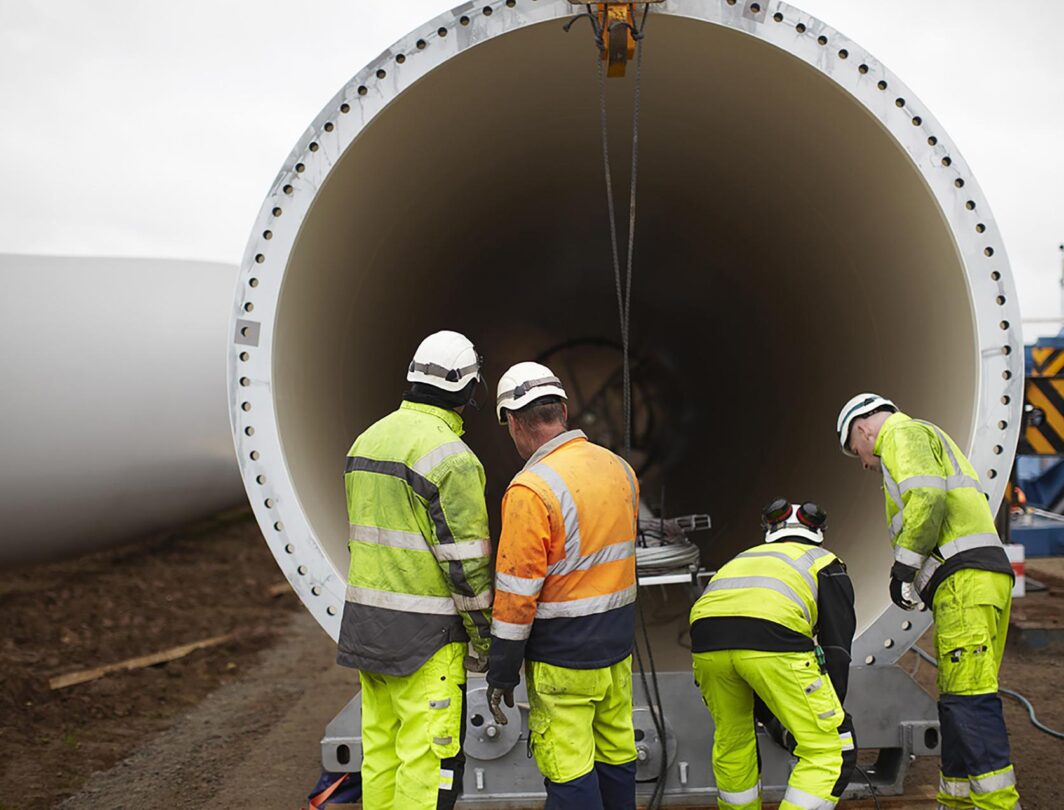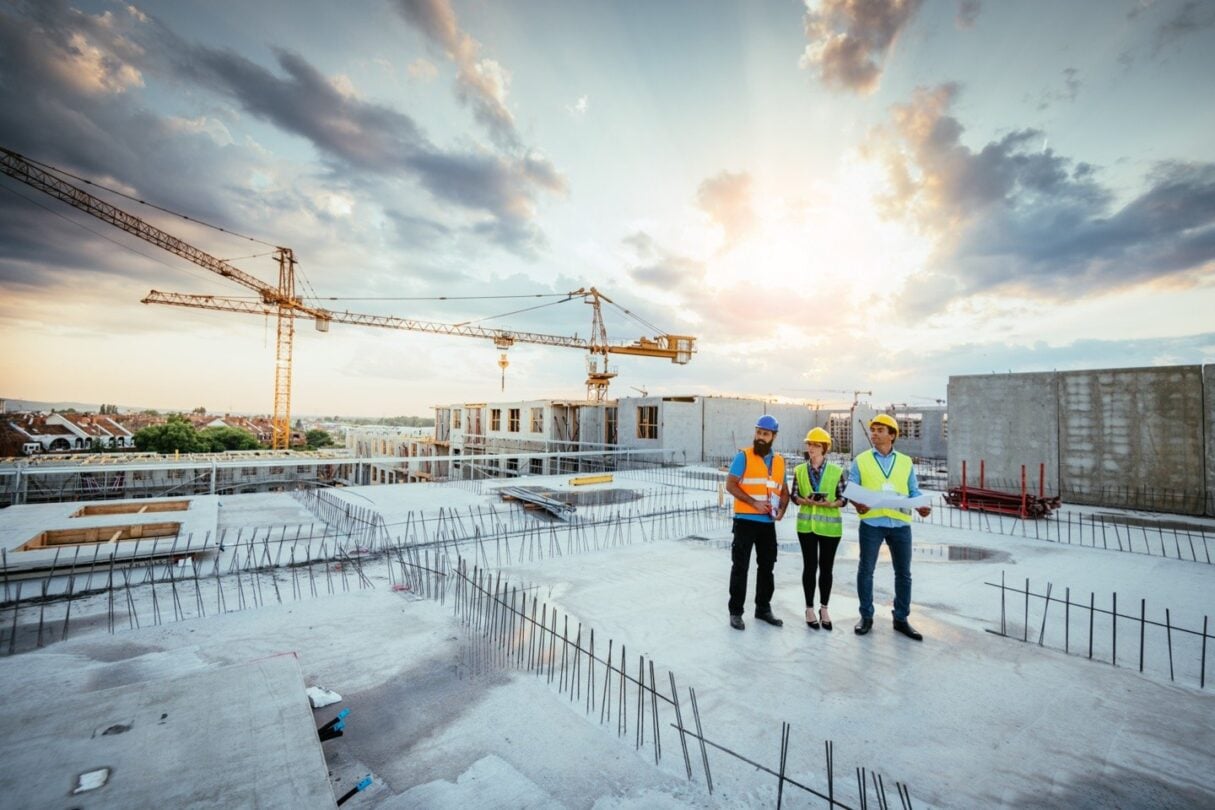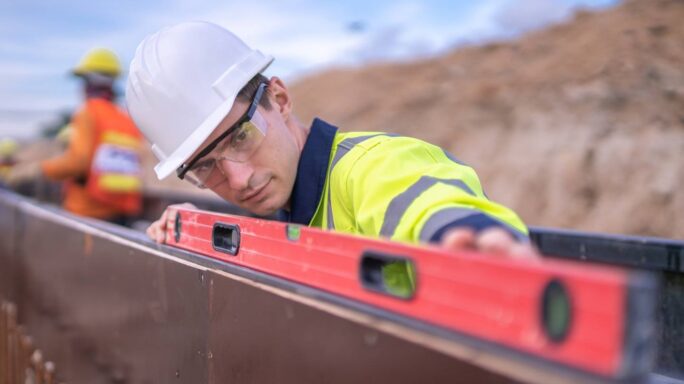Technology & Innovation
The vertical cloud: What it means for construction

Public cloud, private cloud, hybrid cloud. You probably have heard a lot of cloud terms in the past few years. Now let me introduce you to yet another—the vertical cloud.
An ongoing trend in cloud computing, the vertical cloud optimizes cloud technology for a specific industry, such as construction, or a specific application. There is a growing emphasis on the vertical cloud as cloud technology matures and focuses on more specific consumer needs. That’s good news for the construction industry, which has its own unique reasons for using cloud technology.
Some history first
The economic downturn in 2008 required many construction companies to travel outside their usual markets to do work. At the same time, smartphones were becoming more capable. These two factors helped to quickly move construction field technology from basic push-to-talk phones to smart mobile devices that could do much more. As smart devices became commonplace on the job site, many software developers saw an opportunity to create cloud-based “point solutions” to address specific problems faced by construction companies in the field. The vertical cloud for construction was born.
Today’s vertical momentum
Fast forward to now, and a large portion of software vendors are bringing much more robust vertical cloud solutions to the construction industry. We’re also seeing greater integration between the major software players. Integration is even happening between cloud solutions and traditional on-premises systems.
All this means that you can run your construction jobs better, faster, smarter, and more profitably when you leverage the technology.
I was recently talking with a home builder about how he spends his time with eight or more projects going on at the same time. He said most of his day is spent driving from job to job to make sure everything is coordinated. He handles everything through face-to-face conversations or over the phone.
What if he used vertical cloud construction tools instead? He could cut down on unproductive travel time by using mobile apps to approve change orders, look into project issues, snap photos on the job site, and send and receive emails. The acceleration factor of leveraging technology smartly on the job is unbeatable.
A better platform for information sharing
With cloud technology specialized for construction, the ability to share and collaborate is getting much better. Instead of islands of information, the industry is beginning to look more like a connected construction community.
In particular, there is a lot more workflow technology that is coming into the construction space that emulates the typical paper flow. This is more than using SharePoint or Google docs in which you merely park documents and people have to figure out where a document is and what to do with it. Today’s construction technology will automatically notify you of invoices, change orders, contracts and other documents that need your attention. With this type of workflow technology, for example, you can open up an invoice notification, approve or reject it, and the invoice is automatically routed to the next person who needs to handle it. The software is not changing your fundamental processes; it just automates and speeds up the process tremendously.
The future of the vertical cloud
What we haven’t yet reached is what is called “interoperability.” The reality is each construction company is working in its own software system. If a subcontractor has a change request, the general contractor would ideally like to automatically receive that information in its own system, versus enter it into its system. To achieve this kind of interoperability, construction software vendors need to write to generally consumed standards that allow anyone to take in or send data, no matter what software they are using.
Is interoperability possible with the complexity inherent in the construction industry? I would say, yes. Consider electronic data interchange (EDI). The whole idea behind EDI was to automate numerous, disparate systems that existed in the supply chain. Before EDI, it was a huge manual process because everyone was using different software depending on whether they were placing, shipping, receiving, or acknowledging an order. EDI provided the standard for exchanging data up and down the supply chain and is now the primary way information is shared electronically in the retail and automotive industries, among others.
Construction has a similar type of challenge.
Two industry organizations are working towards creating the standards that will allow numerous software used by building team members to interact and talk with each other:
- The Construction Progress Coalition (CPC) aims to improve digital collaboration between design, build, inspect, and operate professionals through a shared knowledge platform of open-source best practices and lessons learned.
- The Construction Open Software Alliance (COSA) is a community of construction industry professionals who support open integration standards in construction software.
The two organizations have partnered in their quest for interoperability standards.
Summary
From a few mobile solutions used on the job site to a future where building teams are more connected and progressive, the vertical cloud is the underlying technology that is making it all possible. Sounds like a blueprint for success.






Ask the author a question or share your advice